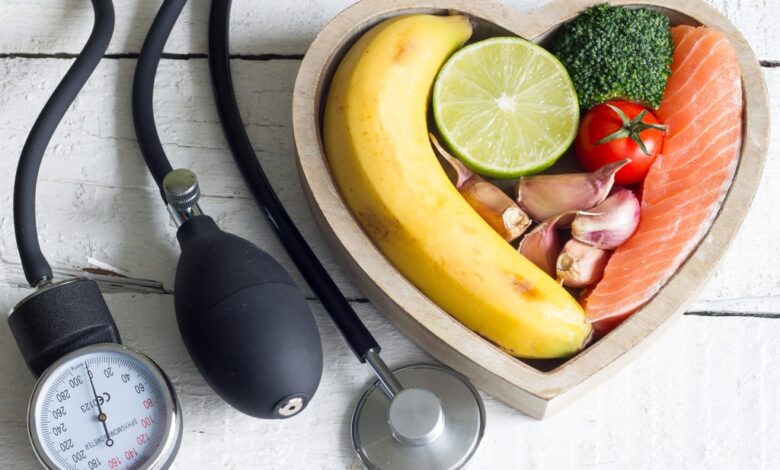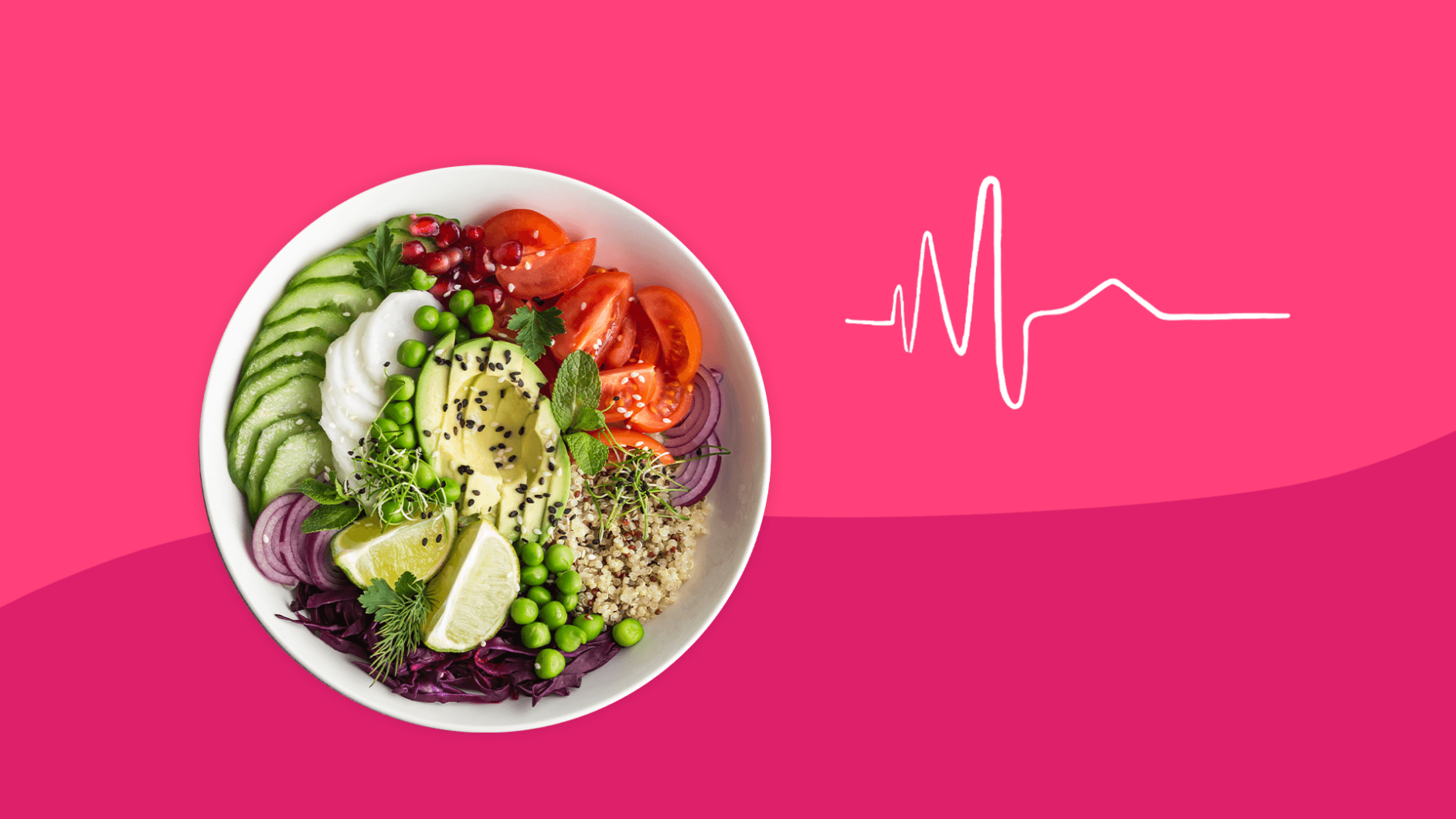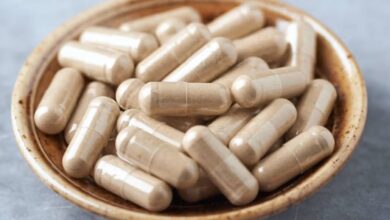Diet Habits For Lower Blood Pressure: Dietitians’ Top 5

Do you know Dietitians’ Top 5 Diet Habits for lower blood pressure? A quick and efficient strategy to lower your blood pressure is to eat more fruits and vegetables. Essential minerals like potassium, magnesium, and fibre, which have been demonstrated to have a favourable effect on blood pressure levels, are abundant in fruits and vegetables.
Increase fruit and vegetable consumption.
Due to its role in balancing the effects of dietary sodium, potassium is crucial for maintaining appropriate blood pressure. Yoghurt, oranges, potatoes, spinach, and bananas are a few examples of foods high in potassium. Magnesium, which is present in whole grains, legumes, and leafy greens, is also crucial for controlling blood pressure.
Fruits and vegetables not only provide healthy nutrients but also have a low-calorie count and a high fibre content that can aid in weight control and lower the risk of heart disease. According to studies, those who consume a diet high in fruits and vegetables have a lower risk of high blood pressure and other cardiovascular diseases.
Read More: The Unknown Advantages Of Weight Loss
To ensure you get a variety of nutrients, aim for at least five servings of fruits and vegetables per day in a variety of colours and varieties. You may easily increase the number of fruits and vegetables in your diet by having a dish of fruit with breakfast, snacking on raw vegetables in the middle of the day, and having a sizable salad or stir-fry for supper.
In conclusion, consuming more fruits and vegetables is a simple and delightful method to lower your risk of heart disease and help maintain healthy blood pressure levels. Therefore for a better, happier life, make sure to eat your greens and add more colour to your plate!
2. Reduce sodium intake
To preserve excellent health, especially for individuals at risk of high blood pressure or hypertension, sodium intake must be reduced. Although sodium is a vital mineral that aids in maintaining the body’s fluid balance, too much of it can raise blood pressure.
Adults should try to limit their daily sodium intake to fewer than 2,000 milligrammes, according to the World Health Organization. Yet, the majority of people typically consume significantly more than 3,400 mg on a daily average. This is partially brought on by the high salt content of processed and fast foods.
The consumption of sodium can be decreased in a number of ways. Reading food labels and selecting low-sodium products should come first. Choose fresh or frozen fruits and vegetables over canned ones, which frequently have salt added. Instead of using salt to season food, use spices, herbs, and other seasonings.
Moreover, it’s a good idea to restrict dining out and prepare more frequently at home. While eating out, order low-sodium dishes or ask for your food to be prepared without salt. Consuming foods high in potassium, such as fruits and vegetables, and drinking lots of water can also help counteract the effects of salt on blood pressure.
In conclusion, lowering sodium intake is a straightforward activity that can have a big influence on preserving good health. We can prevent the onset of high blood pressure and enhance our general well-being by making little dietary changes.
3. Incorporate whole grains

Lowering blood pressure is only one of the many health advantages of eating whole grains. Fiber, magnesium, and other vital elements for supporting good health can all be found in abundance in whole grains. They include the full grain kernel, including the bran, germ, and endosperm, all of which are necessary for a balanced diet, making them healthier than processed grains.
The fact that whole grains are a great source of fibre is one of the main advantages of doing so. Fibre supports good digestion, lowers cholesterol, and helps control blood sugar levels. Whole grains high in fibre have also been demonstrated to help lower blood pressure, making them a perfect food for those with hypertension.
Magnesium is another important component found in whole grains and has been linked to a reduction in blood pressure. Magnesium is crucial for appropriate muscle and nerve function as well as for keeping a healthy cardiovascular system.
There are several methods to include whole grains in your diet. Try substituting brown rice for white rice, whole-grain bread for white bread, or whole-grain pasta for your preferred sauce. Whole grains are a key component in many delectable dishes, including those that call for quinoa, barley, and bulgur.
In summary, including whole grains in your diet is a great approach to enhancing general health, lowering your risk of developing chronic diseases, and lower blood pressure. So start consuming whole grains right away to start reaping their many health advantages!
4. Increase potassium intake

Potassium is a necessary mineral that is needed for keeping the heart and blood pressure in good shape. A healthy diet must contain minerals because it helps counterbalance the negative effects of sodium on blood pressure. A diet high in potassium can lower blood pressure and lower the risk of heart disease and stroke.
Bananas, oranges, potatoes, spinach, yoghurt, salmon, avocados, and mushrooms are among the foods high in potassium. Try including these foods in your everyday meals to up your potassium consumption. Consider adding banana slices to your yoghurt or breakfast cereal, or prepare an avocado, spinach, and mushroom salad.
Reduce your consumption of processed foods and replace it with fresh, natural meals. Because processed meals frequently contain high levels of salt, the benefits of potassium may be countered. Also, cutting less on alcohol and caffeine can help lower blood pressure and enhance general wellness.
It’s critical to see your doctor before increasing your potassium intake if you have a medical condition that impairs your ability to handle potassium, such as kidney disease. They can propose switching up your diet or taking potassium supplements under their guidance.
In conclusion, consuming more potassium is an easy yet powerful strategy to strengthen heart health and reduce blood pressure. Make good lifestyle choices and include foods high in potassium in your diet to benefit from this necessary mineral.
Read More: The Best Ways for Men Over 40 to Maintain Muscle
5. Eat lean protein
A healthy diet must include lean protein, especially for those trying to control high blood pressure. Fish, chicken, lentils, and tofu are all examples of sources of lean protein. These meals offer vital nutrients that can support maintaining a healthy weight and lowering cholesterol levels while having reduced levels of saturated fat.
Fish, particularly lean proteins like salmon and tuna, also contain omega-3 fatty acids, which have been demonstrated to have a favourable effect on blood pressure levels. In addition to being low in fat, poultry like chicken and turkey also include important nutrients like iron and vitamin B12.
Beans, lentils, and chickpeas are just a few examples of legumes that are a great source of lean protein. They include a lot of fibre, which can reduce blood pressure. They are also a fantastic source of potassium, magnesium, and iron, all of which are necessary minerals for supporting heart health.
Soybean-based tofu is a fantastic source of plant-based protein. It has been demonstrated to have a favourable effect on blood pressure and cholesterol levels while being low in fat and calories.
Lean protein is easy to include in your diet if you replace high-fat meats with fish or poultry, add a serving of legumes to your meals, or use tofu in your favourite dishes. It is significant to remember that each person has unique dietary requirements, thus it is better to speak with a qualified dietitian for individualised nutritional guidance.












2 Comments